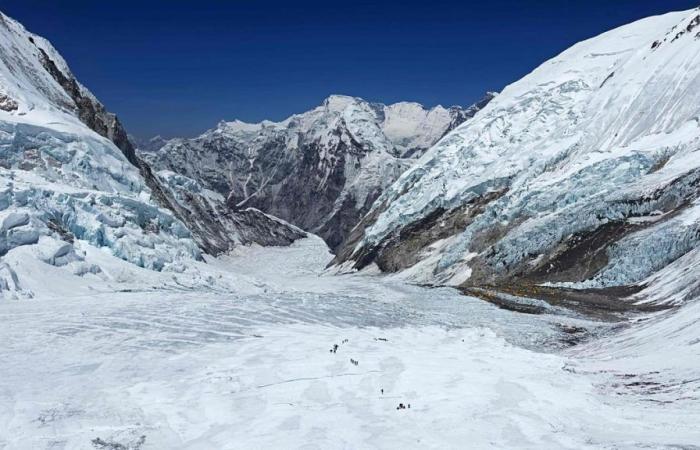Erosion has helped push the summit of Mount Everest even higher over the past 89,000 years, according to a recent study.
Chinese researchers have studied the impact of the movement of tectonic plates and rivers on the Himalayan mountain range.
Although landslides helped reduce the size of the mountain, it was continually pushed upward by ground movement.
In total, between 15 and 50 meters were added to this mountain, the summit of which is the highest on the planet, we can read in the study published in the periodical Nature Geoscience.
“Our study demonstrates that even the highest mountain in the world is subject to geological processes that can affect its height,” indicates, in an interview with the newspaper The Guardian, researcher Jigen Dai, co-author of the study.
A part of the Arun River, lying north of Mount Everest, is believed to have merged with the Kosi River due to erosion 89,000 years ago.
This would have ensured that the Arun River would have been able to carry more sediment, which would have accelerated erosion at the base of the mountain, reports The Guardian.
This accelerated thinning of the earth’s crust would be the cause of an upward thrust of 0.16 mm to 0.53 mm per year from the mountain.
However, this phenomenon will eventually end.
“This process will continue until it reaches a state of equilibrium,” says Dai.
The summit of Mount Everest is 8849 meters above sea level.






